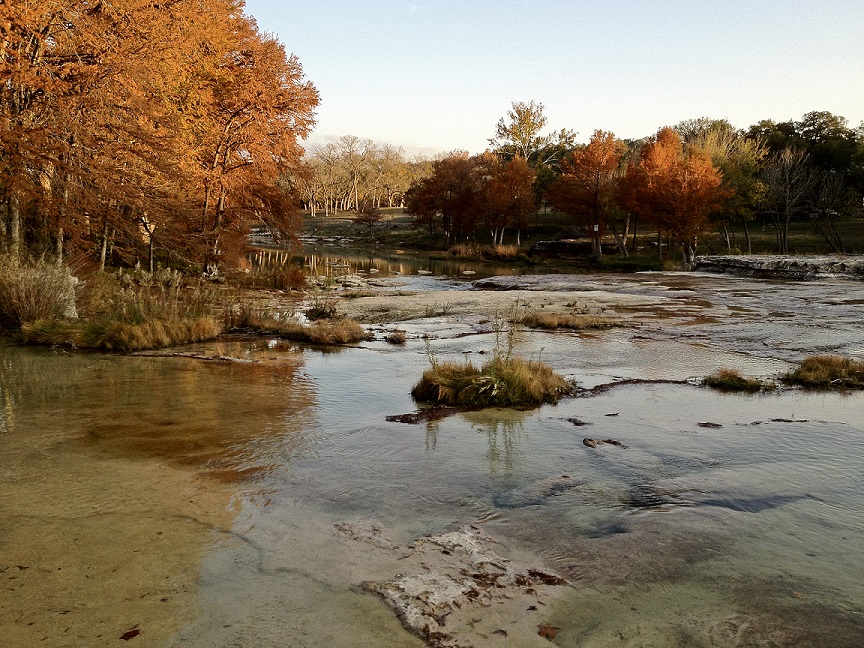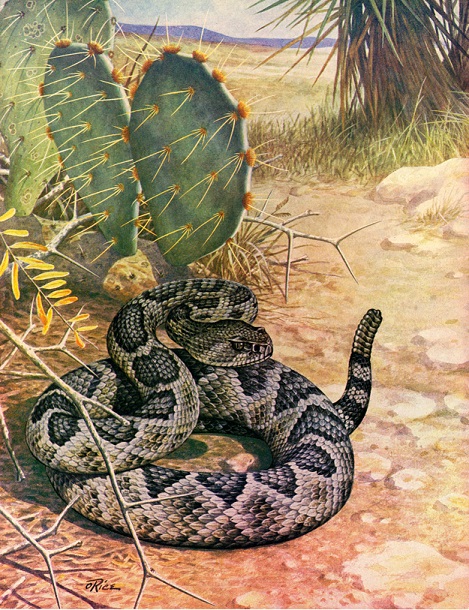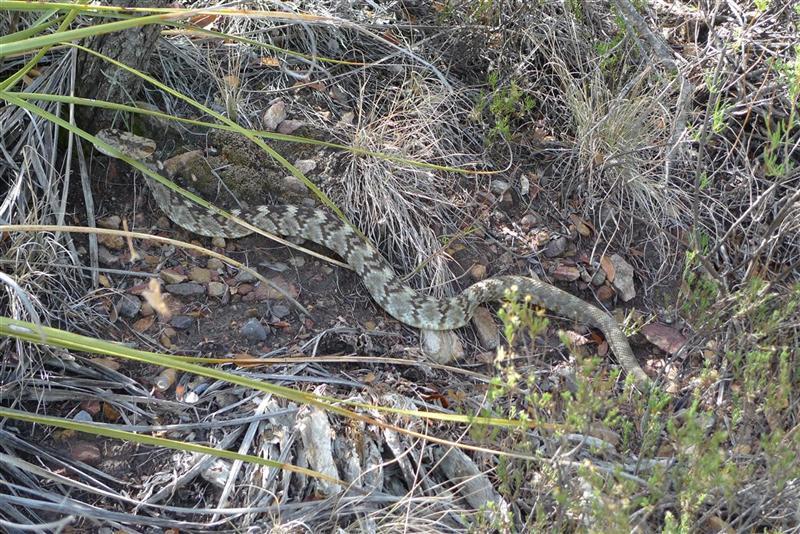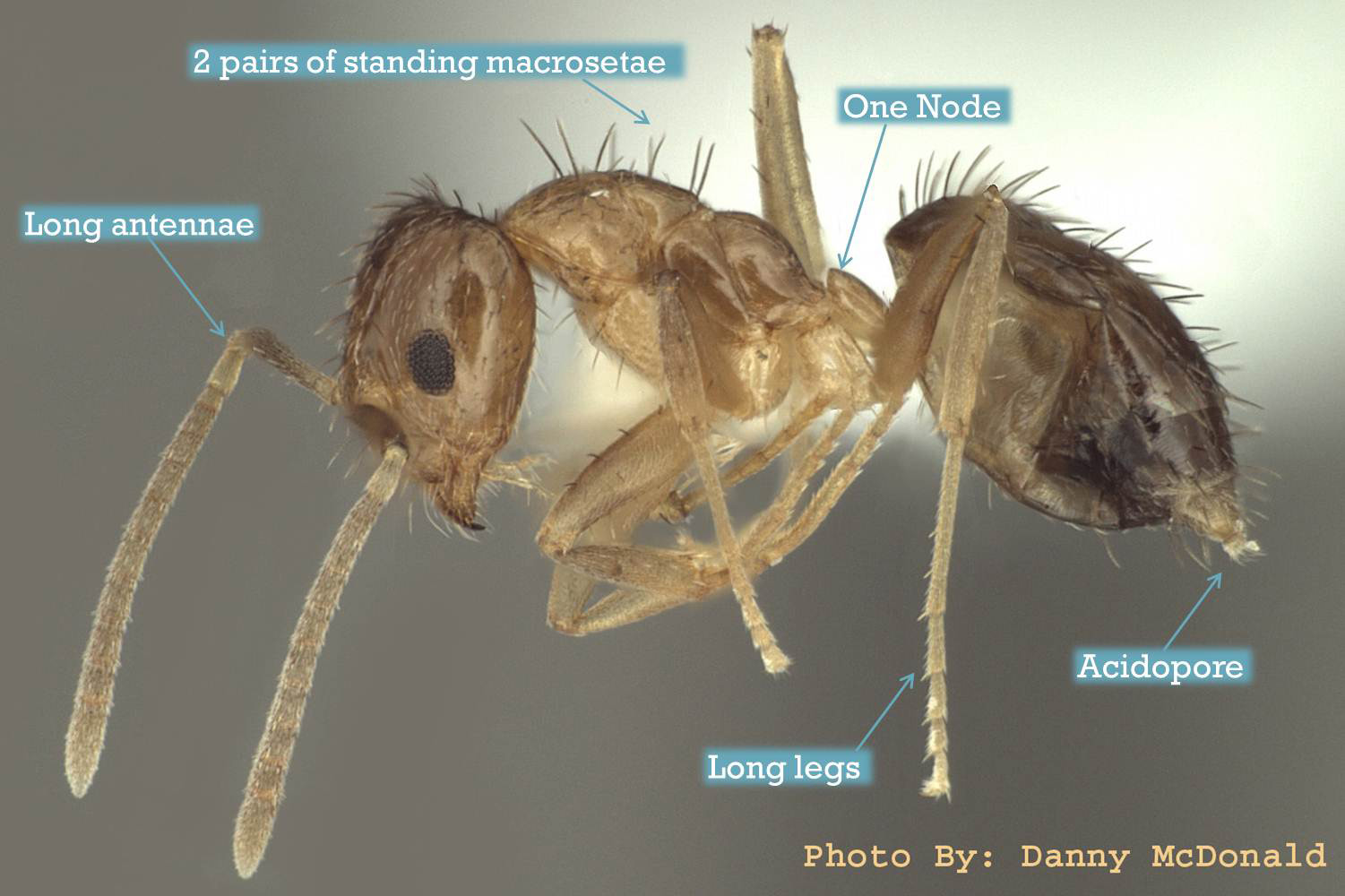Tech/Wildlife: Saving the Guadalupe Bass
Thursday, October 31st, 2013This is Passport to Texas
Unmanned aerial systems – or drones – in the hands of a trained biologist can improve the future a species…as it did with…
01— Guadalupe bass.
Tim Birdsong is chief of habitat conservation for Inland fisheries. Guadalupe bass – the state fish –once thrived in the Blanco River. In the 1970s TPW stocked smallmouth bass in it, but over time, the species bred creating a hybrid that outcompeted the Guadalupe.
12—That led to complete loss of Guadalupe Bass in that system. And we really didn’t see an opportunity to restore the Guadalupe bass populations in the Blanco River.
The 2011 drought caused the river’s flow to cease, leaving some enduring pools that concentrated the fish. Birdsong said they used a drone to map the location of the pools.
18—We used electro-fishing and nets to remove the remaining small mouth bass. Then flows improved in the Blanco in the spring of 2012 and we stocked roughly 150-thousand Guadalupe bass fingerlings; followed by a similar number in the spring of 2013.
Provided flows in the Blanco continue, Birdsong says he expects in 4 or 5 years we’ll have fishable populations of Guadalupe Bass in the river.
10—That’s a major success story, and it wouldn’t have been possible without this unmanned aerial system, or it would have required our staff to hike up and down miles and miles of riverbed to identify these pools.
The WSFR program supports our series and funds conservation projects in Texas…For Texas Parks and Wildlife…I’m Cecilia Nasti.







 Passport to Texas is a
Passport to Texas is a  Passport to Texas is made available by:
Passport to Texas is made available by: